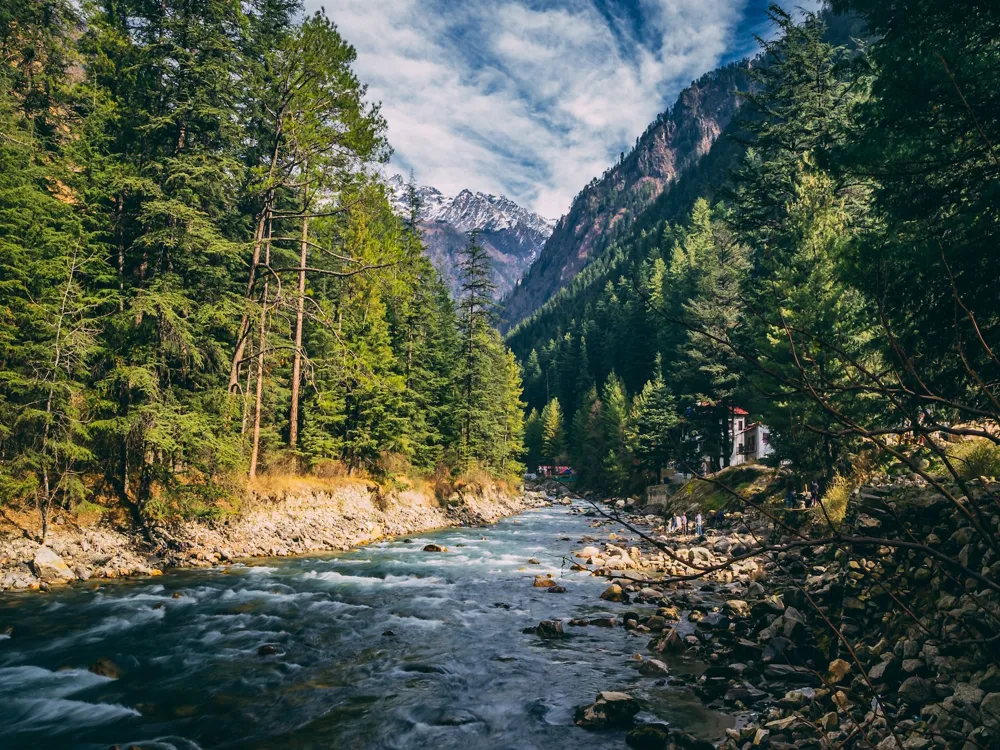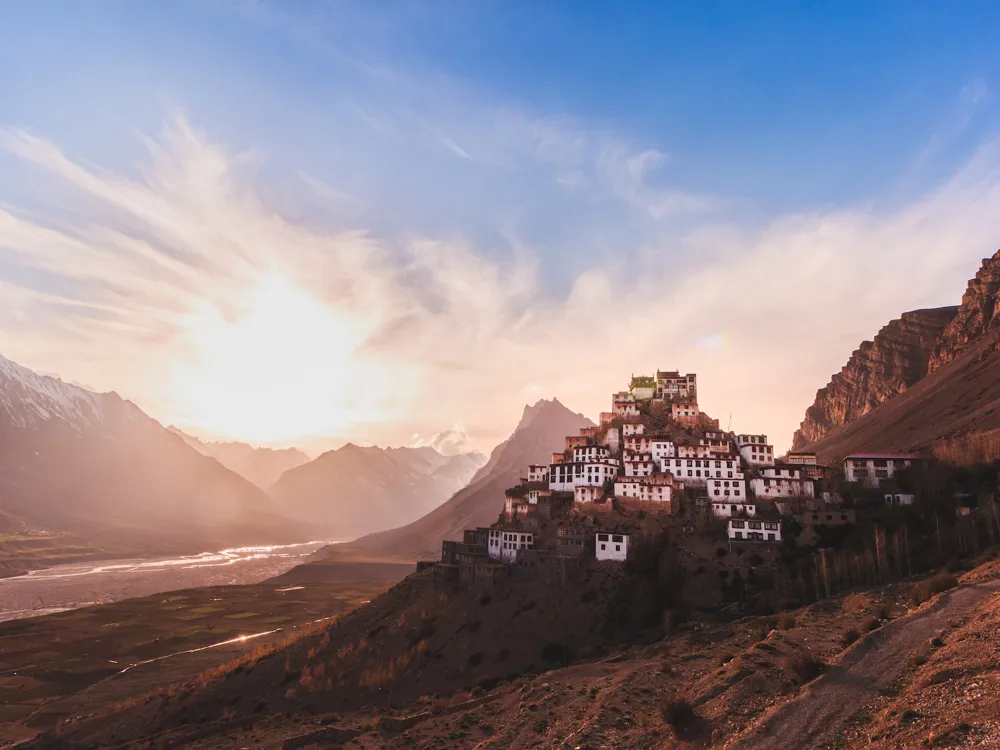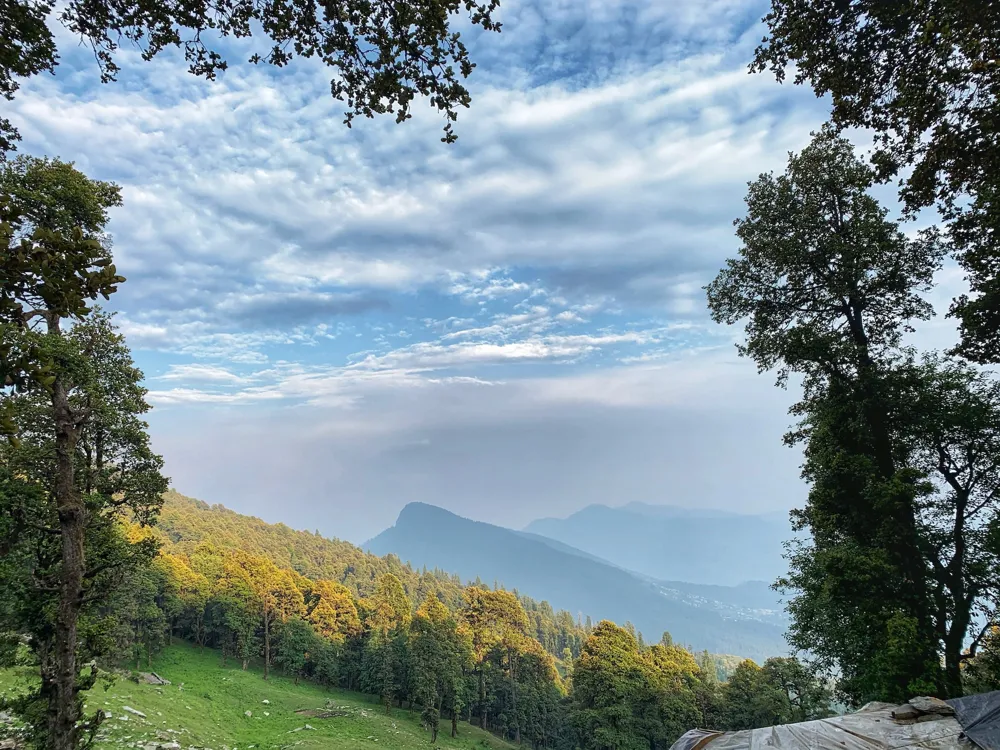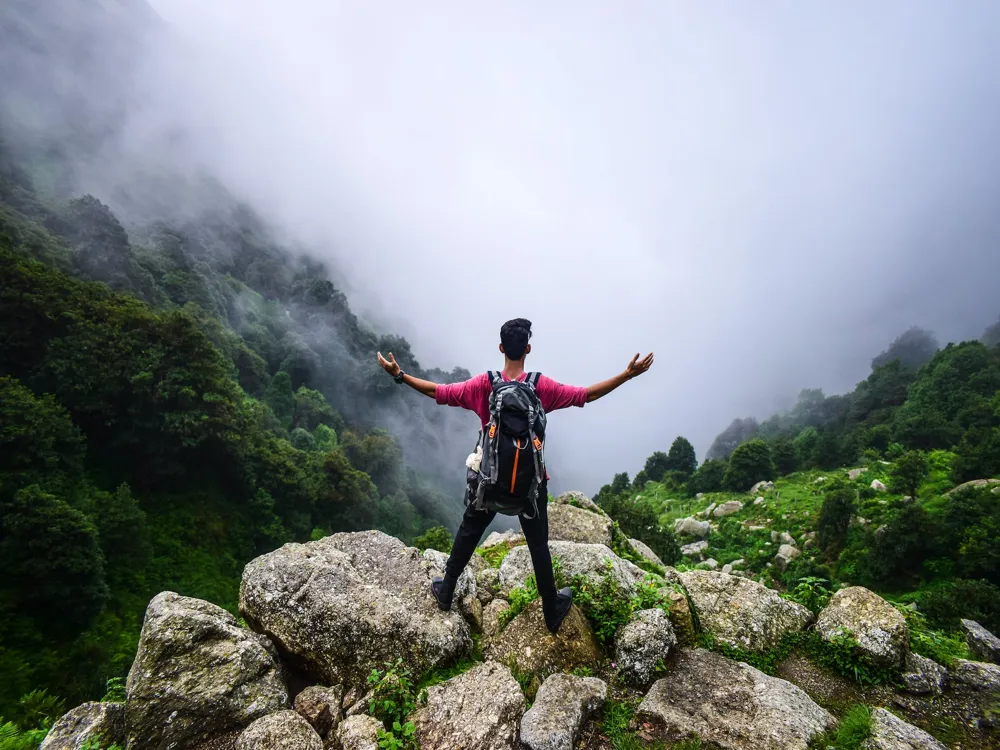Located in the serene Parvati Valley of Himachal Pradesh, the Shiv Temple Manikaran stands as an epitome of spiritual serenity and architectural marvel. Nestled in the quaint town of Kasol, this temple is not just a religious site but a conjunction of history, culture, and spirituality. The temple, dedicated to Lord Shiva, attracts thousands of pilgrims and tourists every year, who come to seek blessings and bask in the peaceful aura of this sacred place. The history of Shiv Temple Manikaran is as mystical as its surroundings. It is believed to be connected to Lord Shiva and Goddess Parvati, adding to its religious significance. The temple has survived numerous natural calamities, standing as a testament to its spiritual strength. The hot springs nearby are considered holy, with many believing in their healing properties. The intertwining of nature with spirituality makes Shiv Temple Manikaran a unique destination for visitors. The architectural design of Shiv Temple Manikaran is a splendid example of ancient craftsmanship blended with spiritual symbolism. The structure, which is predominantly made of wood and stone, reflects the traditional Himalayan style of architecture. Intricate carvings and detailed artworks adorn the temple walls, each narrating stories from Hindu mythology. The main sanctum, housing the Shiva Lingam, is a focal point of the temple. The use of local materials in its construction showcases the ingenuity and adaptability of the ancient architects. The temple's layout is designed in a way that it aligns with the natural elements, creating a harmonious balance between the structure and its surroundings. The presence of hot springs nearby adds an unusual yet fascinating aspect to its architectural beauty, making it a must-visit for those interested in ancient architecture and Hindu traditions. As a place of worship, it is important to dress modestly. Avoid wearing revealing or disrespectful attire. Traditional Indian wear is recommended but not mandatory. It's crucial to show respect for the temple's rituals and practices. Participate in ceremonies and prayers if you wish, but always follow the temple's guidelines and instructions. While photography may be allowed in some areas, always ask for permission before taking pictures, especially inside the temple. Some areas may have restrictions on photography. The temple is located at a high altitude. Visitors should be aware of altitude sickness and take the necessary precautions, especially if they have health concerns. Plan your visit to avoid peak hours. Early mornings or late afternoons are less crowded, offering a more serene experience. Shiv Temple Manikaran is accessible by various means of transport. The nearest airport is Kullu-Manali Airport, about 35 kilometers away. From the airport, one can hire a taxi or take a bus to reach Kasol. If traveling by train, the closest railway station is in Joginder Nagar, which is connected to several major cities. From the station, buses and taxis are available to Kasol. Additionally, Kasol is well-connected by road, making it convenient for those who prefer to drive. Regular bus services from nearby cities like Delhi, Chandigarh, and Manali provide a hassle-free journey to this sacred destination. Read moreOverview of Shiv Temple Manikaran in Kasol, Himachal Pradesh
Architecture of Shiv Temple Manikaran
Tips When Visiting Shiv Temple Manikaran
Dress Appropriately
Respect Local Customs
Photography Guidelines
Health Precautions
Managing Time
How To Reach Shiv Temple Manikaran
Manikaran Sahib Tourism
Best Time to Visit Manikaran Sahib
How to Reach Manikaran Sahib
Things To Do, Manikaran Sahib
Shiv Temple Manikaran
Kasol
Himachal Pradesh
₹ 6,624 onwards
View manikaran-sahib Packages
Also Refered As:
Shiv Mandir
Manikaran-sahib Travel Packages
View All Packages For Manikaran-sahib
Top Hotel Collections for Manikaran-sahib

Private Pool

Luxury Hotels

5-Star Hotels

Pet Friendly
Top Hotels Near Manikaran-sahib
Other Top Ranking Places In Manikaran-sahib
View All Places To Visit In manikaran-sahib
View manikaran-sahib Packages
Also Refered As:
Shiv Mandir
Manikaran-sahib Travel Packages
View All Packages For Manikaran-sahib
Top Hotel Collections for Manikaran-sahib

Private Pool

Luxury Hotels

5-Star Hotels

Pet Friendly






















